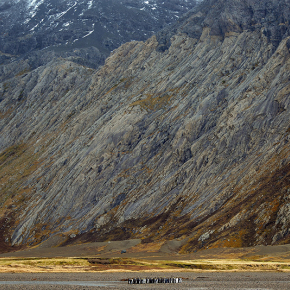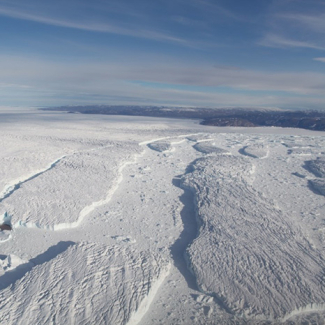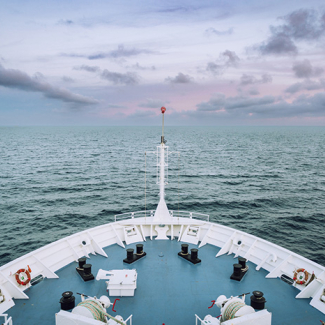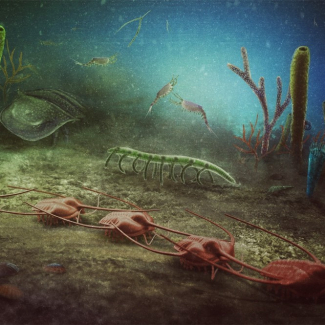
The Kerguelen oceanic plateau sheds light on the formation of continents
How did the continents form? Although to a certain extent this remains an open question, the oceanic plateau of the Kerguelen Islands may well provide part of the answer, according to a French-Australian team led by the Géosciences Environnement Toulouse laboratory (CNRS/Université Toulouse III-Paul Sabatier/IRD/CNES)1 . From a geological point of view, it is the Earth’s outermost layer that distinguishes the continents from the oceans: oceanic crust, which is relatively thin, is mainly made up of basalts, resulting from the melting of the Earth’s underlying mantle, whereas continental crust, which is thicker and of granitic composition, is derived from magmas that evolved at depth before solidifying. Such magmas form especially at subduction zones, where one tectonic plate dives beneath another. However, a study published on June 16, 2020 in the journal Terra Nova provides evidence in support of a second model: the formation of embryonic continents within oceanic plateaus such as the Kerguelen plateau. Formed by extensive basalt flows, the crust of such plateaus is abnormally thick compared to normal oceanic crust. The researchers focused on a rock of the granite family (syenite) emplaced in the plateau lavas. By studying the geometry and internal structure of the syenite intrusion and carrying out extensive dating of the rocks, they were able to reconstruct its history and show that it bears strong similarities to those of a large number of intrusions located in continental crust. Such similarities include the discontinuous injection over time of multiple magma sheets (which progressively uplifted the surrounding rocks), the duration of its construction (around 3.7 million years), and the magma fluxes. Could this syenite intrusion be an ‘embryonic continent’? To further refine this hypothesis, the same team is currently studying the chemical composition of the syenites in order to understand the origin and evolution of the magmas.
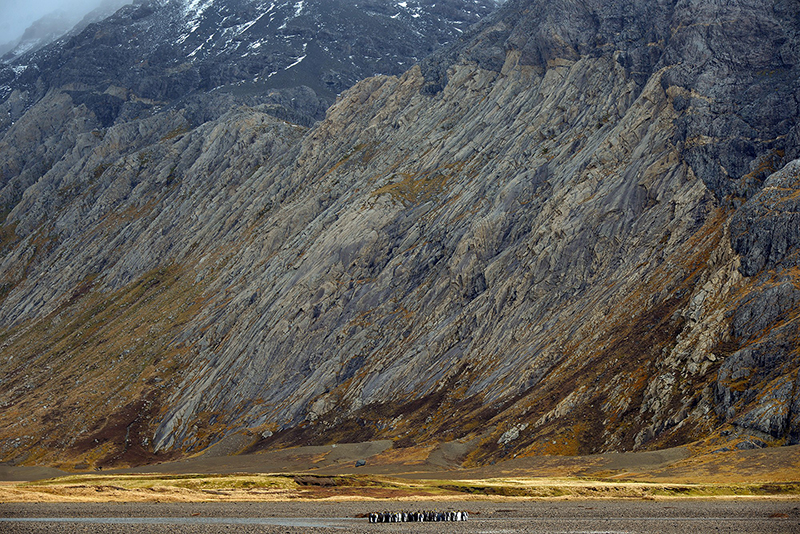
A pale-coloured rock, syenite, was injected into the basalts (which are darker), uplifting them. The king pengins give an idea of the scale.
© Michel de Saint Blanquat
- 1The laboratory is a member of the Midi-Pyrénées Observatory. The team also includes members of the Magma and Volcanoes laboratory (CNRS/Université Clermont Auvergne/Université Jean Monnet Saint-Etienne/IRD), the Geoarchitecture laboratory (Université de Bretagne Occidentale) and the Department of Earth and Planetary Sciences (Macquarie University, Australia). It has especially received support from the French Polar Institute (IPEV).
Plutonic processes in transitional oceanic plateau crust: structure, age and emplacement of the South Rallier du Baty laccolith, Kerguelen Islands, Léandre Ponthus, Michel de Saint Blanquat, Damien Guillaume, Marc Le Romancer, Norman Pearson, Suzanne O’Reilly, Michel Grégoire. Terra Nova, 16 June 2020. DOI: 10.1111/ter.12471
